6. A Passage to India (1984)
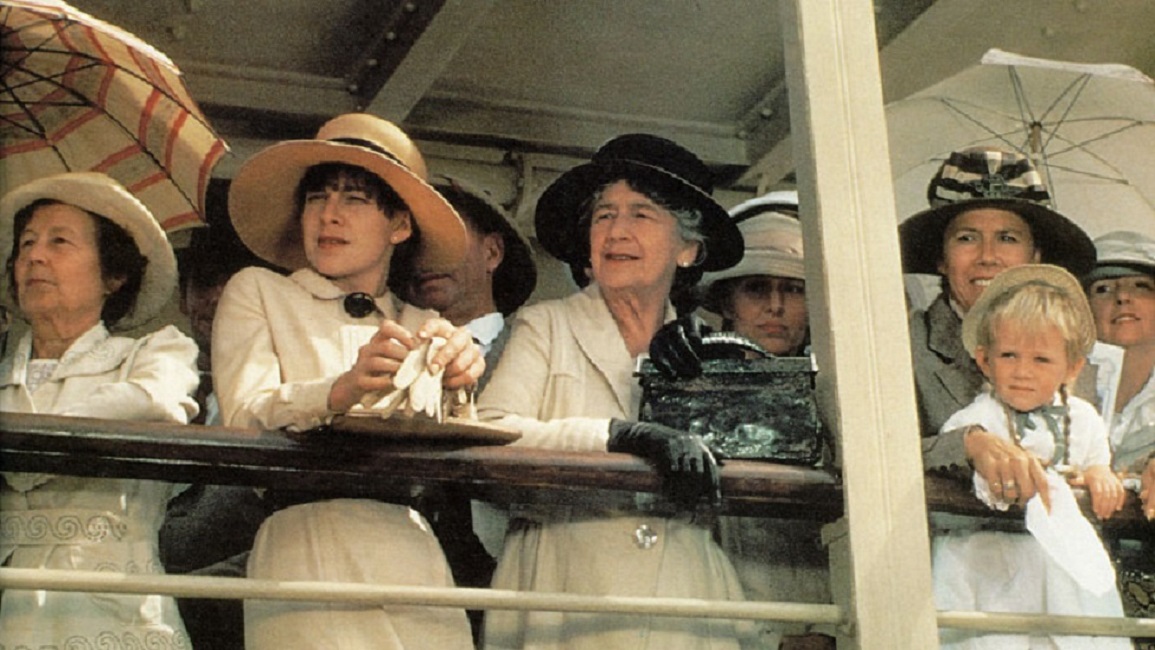
In the 1920’s Adele Quested travels from England to India, to visit her fiancé, bringing his mother, Mrs. Moore, as her traveling companion. Together they want to see the country and meet local Indians everywhere they go, but as they arrive, they quickly realize that the British community located in India is not keen on maintaining social relationships with Indians. To their joy, they eventually do meet a well-respected, kind-hearted Indian doctor, who takes them out for a day of traveling to local attractions. Here something happens that threatens to get rid of the last good grounds between the Indians and the local British community.
David Lean is no strange name as it comes to epics. Lawrence of Arabia, The Bridge on the River Kwai, and Doctor Zhivago are three high regarded epics, each beloved and by both critics and audiences alike. With A Passage to India he made his retirement film, a fantastic accomplishment, but sadly well less talked about than his other epics. It’s maybe because it’s a lengthy film (like most epics apparently) that only introduces its conflict well into the second hour. Even so, to this point there’s enough to experience that will leave you wanting more. The extend of the production makes every scene a sight to behold.
7. Flesh + Blood (1985)
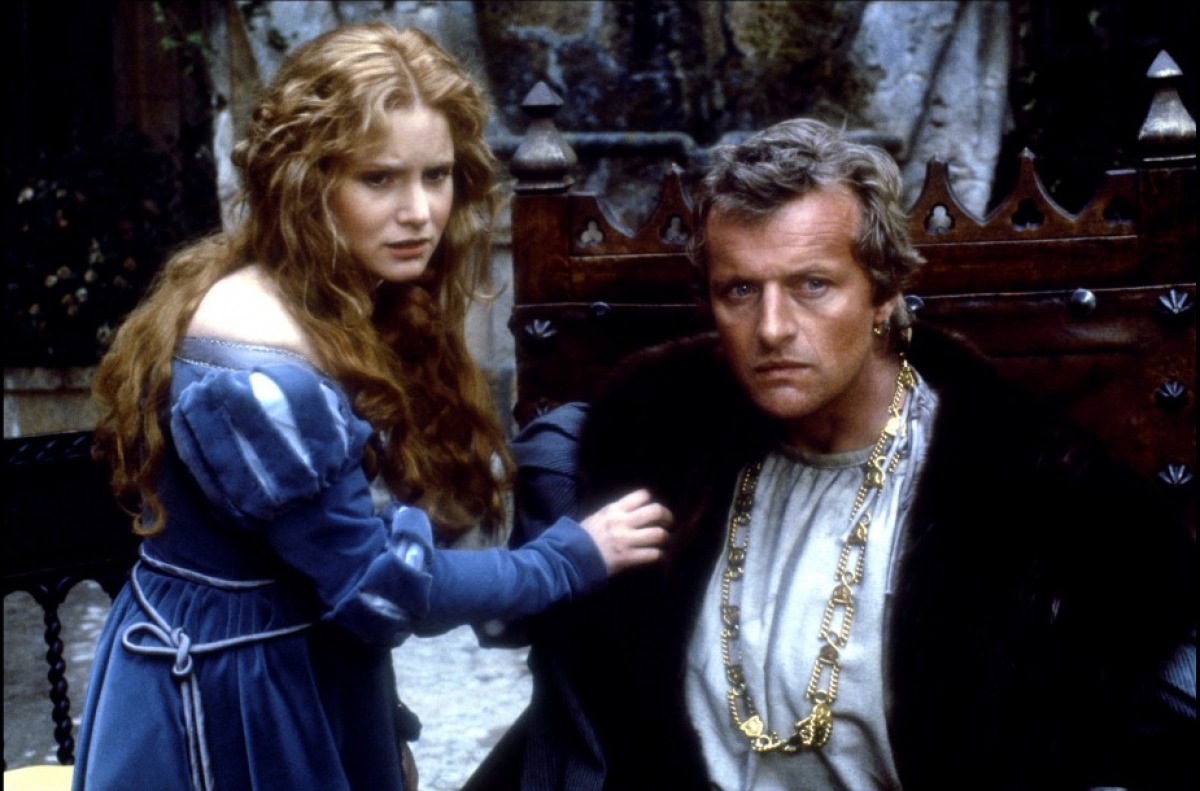
Flesh and Blood marks the only medieval setting in this list and it might not be the first medieval epic you would think off for this entry, but being Paul Verhoeven’s first English language feature, it is something special. The film is partially based on unused material for the Dutch television series Floris, which was the film debut of Paul Verhoeven, co-writer Gerard Soeterman, and lead star Rutger Hauer. With them being acquainted with the material and each other, it’s only natural their collaboration turned out to be a successful one.
The story is set in Italy, 1501, in the midst of the raging black plague. Martin (Rutger Hauer) leads an army of mercenary peasants, who fight side by side with nobleman Arnolfini (Fernando Hilbeck) to retrieve his castle. When Arnolfini betrays Martin and his friends, they plot their revenge. When stealing a caravan, they kidnap Agnes (Jennifer Jason Leigh), the fiancée of Arnolfini’s son. Even after being treated horribly, Agnes becomes more and more intrigued with this band of outsiders.
Even though Rutger Hauer portrays such a horrible human being for a character, he still manages to stay as charismatic as ever, stealing the show, with only Leigh being able to catch up to him. For their performances alone the watch is already well worth it, but the medieval madness makes it all the better.
8. Kagemusha (1980)
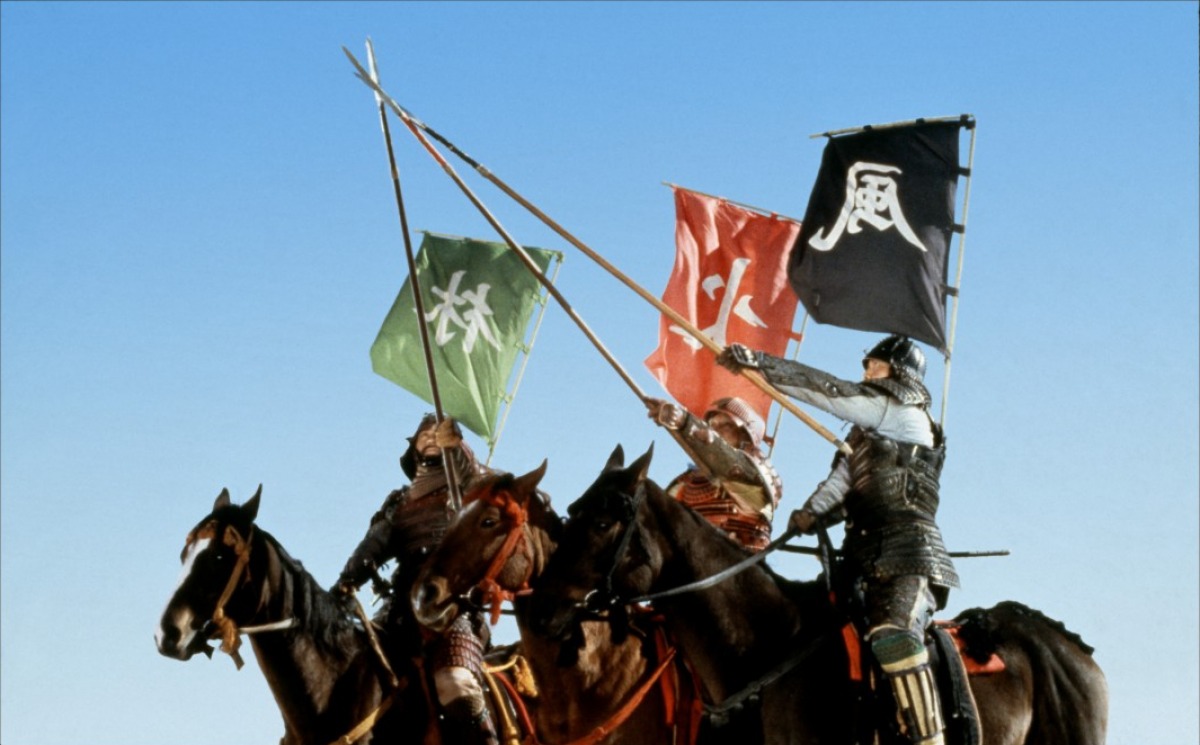
It’s 1572 as a civil war divides Japan. Three clans, led by lords Takeda, Oda, and Tokugawa, dispute the conquest of Kyoto. When Takeda dies in combat, the incident is kept a secret for the public. Kagemusha, meaning shadow warrior, is the Japanese term for political decoy. This decoy shows itself in the form of a thief with a striking resemblance of the lord, whom takes his place and impersonates him to uphold the enemy’s respect for the clan.
Akira Kurosawa is a master of the Jidaigeki (period drama) and a master of the craft in general. We could have countless of masterpieces of the visionary that would fit in this spot just as well, but this list is titled with the phrase ‘no-one talks about’ and Seven Samurai, Ran, The Hidden Fortress, Yojinbo, Rashomon, and Throne of Blood are all talked about a lot. We felt that Kagemusha was one of the evenly great Kurosawa films that was talked about just enough to put on this list. Even so, if you’d like to see more historical epics, Kurosawa is definitely where to start, no matter which film.
9. Zulu (1964)
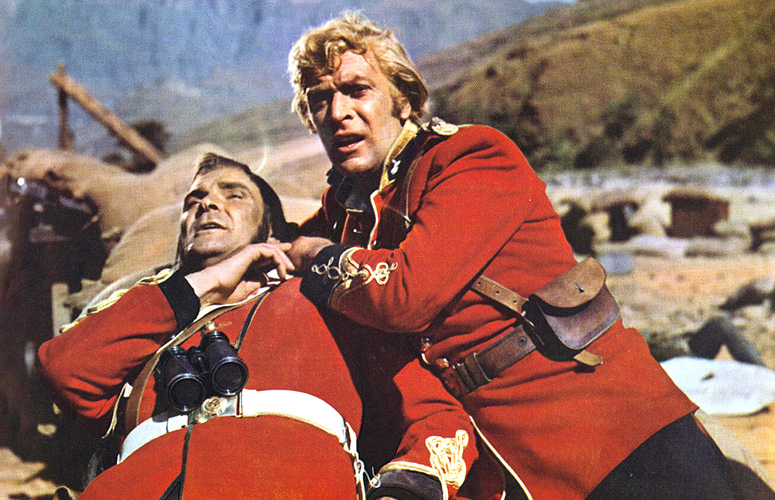
Two lieutenants, Chard and Bromhead, each from a different military background, find that their base in Natal has been isolated since the main British Army column is defeated. Now they and around hundred-fifty men are left surrounded by four thousand Zulu warriors. With a third of their men in the infirmary and conflict over the tactics of defense, they try to survive a lengthy battle with the Zulus.
Director Cy Endfield made the film with the help of leading actor Stanley Baker after discussing an article of the battle of Rorke’s Rift. The film was highly praised upon its release, thanks to its scale and mostly accurate depiction of the events. The key-moment that wasn’t an accurate depiction nears the end of the film, but with it Endfiield lifted the film to a great level, since he didn’t just make a film praising the English colonialization, but also portrayed the Zulu warriors in a respectful manor.
10. Shadow (2018)
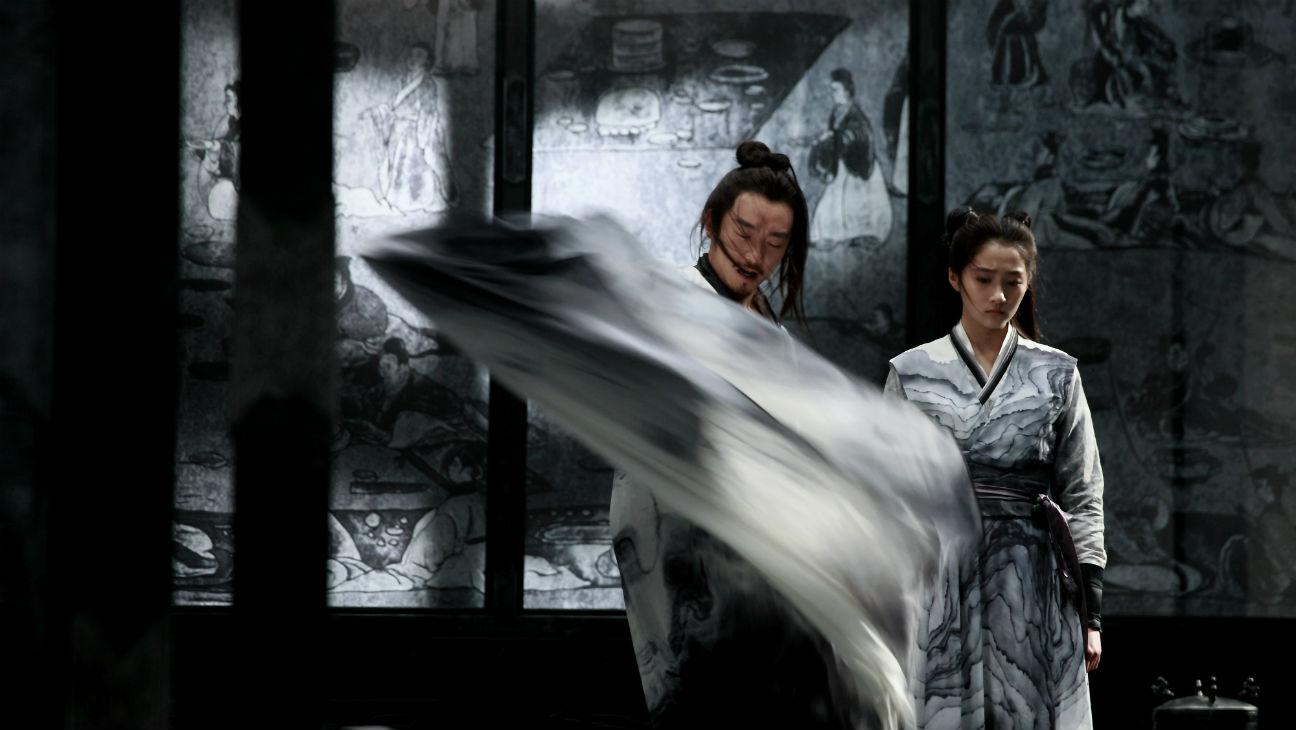
Shadow marks the second Chinese entry in this list. This could as well have been a list of 10 Chinese epics, since there are so many great ones, but for now these two will have to represent their country. Shadow is the work of the master of set design and use of color himself, Zhang Yimou; known for other epics like Hero and House of Flying Daggers, and the China-US production The Great Wall.
In Shadow, Yimou’s brilliant use of color is very much present as well. It tells the story of power games between a king, his military commander, the so-called lord of all the world, and the fierce women of the palace. The film is dipped into all shades of grey, constantly battling between Ying (Shadow) and Yang. Besides being strikingly beautiful, this Wuxia film has a strong message and an array of crazy action set pieces as well.